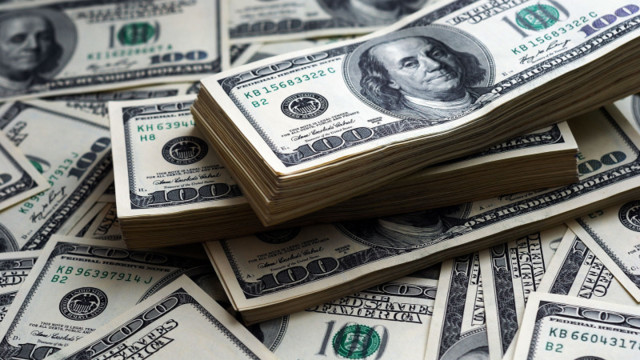Accounting
From Excessive Gratuities to Egregious Typos, Receipt Verification Finds Them All
May. 01, 2019

Auditing expense reports requires auditors to closely examine each expense to verify if the correct receipts are attached, and make sure the receipt matches the information input by the employee. This may sound daunting, but this process is essential for catching potential mistakes – or worse, fraud within travel and entertainment (T&E) spend.
Catch discrepancies between the receipt and user inputs
At the end of the day, employees are human, and humans make mistakes. Take for example an employee who traveled to the UK and submitted their hotel stay as $300,000 instead of the actual charge of $300. Is this potential fraud?
Nope – at least not this time. In this case, it was just an honest mistake. For anyone who has traveled to the UK, you know that receipts are formatted differently than those in the US. The comma is used inverse to the period, meaning a charge that would appear as £300,00 is representative of a total of $300.00, not $300,000.00 (actually it’s something like $392.00, but you get the point).
Regardless of whether an instance such as the example above is an honest mistake or blatant fraud, receipt verification helps auditors catch these discrepancies by reading the contents of every receipt – such as the total amount, the date of purchase, or the merchant, and matching it with the information input by the employee.
Avoid out-of-policy spend with itemized receipts
Using AI to read the contents of every receipt will help companies detect out-of-policy purchases such as drinks from the mini-bar in a hotel room. This type of violation can easily be hidden by submitting a non-itemized receipt.
To avoid out-of-policy purchases from slipping through the cracks, we recommend companies require itemized receipts for certain expenses such as meals and hotels. Our AI’s receipt verification will detect and flag any reports that don’t have an itemized receipt attached to line items marked as meal or hotel expenses.
Prevent overly generous or creative tippers
Most would agree that it’s common courtesy to tip a server or taxi driver. In the US, this often rounds up to roughly 15% of the total. Some may argue that great service is worthy of a 20% tip, however, it’s unlikely that any auditor would agree that an 80% percent tip is reimbursable when it’s on the company’s dime.
Whether the employee is just extremely generous, or perhaps cleverly adds an extra number in front of the original tip amount for their own financial gain, our AI will flag the potential risk to an auditors’ attention for further investigation.
Optimize receipt verification efforts
We often hear that requiring a receipt for low-dollar purchases is a headache for auditors. In fact, efforts spent penny-pinching often cost the company more money than it saves, because auditor time is wasted looking over every receipt.
Detecting greater financial risks often yield a greater impact when reducing T&E spend and, therefore, should be the primary focus of the auditor’s attention. We recommend considering a $75 threshold for receipts on entertainment, meals, gifts, and travel expenses. Not only will this help travelers submit their expense reports in a more timely fashion, but it also saves auditors a significant amount of time.
Using AI to verify receipts alleviates the need of auditors aimlessly review every single receipt submitted within an expense report. Instead, auditors can focus on reviewing potential financial risks when they are notified of reports that appear questionable and require additional investigation.
=========
Travis Andrade
Travis is a Senior Product Marketing Manager at AppZen.
